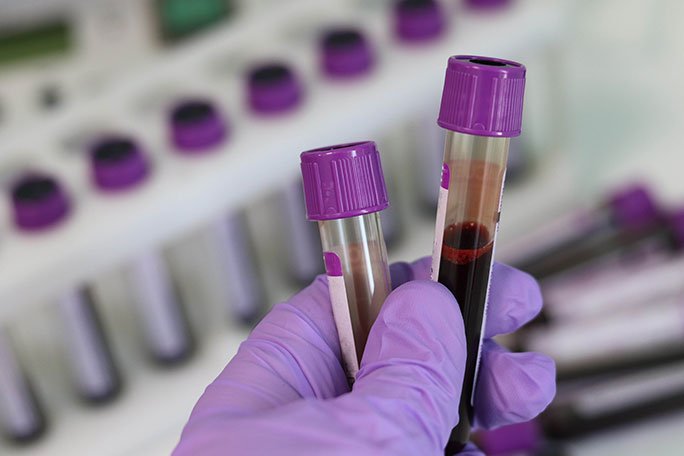Improving Collaboration and Knowledge Sharing in Hospital Supply and Equipment Management: Strategies for American Hospitals
Summary
- American hospitals can improve collaboration and knowledge sharing with international healthcare facilities by utilizing technology to streamline communication and information sharing.
- Implementing standardized processes and protocols for supply and equipment management can help facilitate collaboration and knowledge exchange between American hospitals and international healthcare facilities.
- Engaging in partnerships and collaborations with international healthcare organizations can provide American hospitals with opportunities to learn best practices in supply and equipment management.
Introduction
In today's interconnected world, the importance of collaboration and knowledge sharing between healthcare facilities cannot be overstated. American hospitals can benefit greatly from building relationships with international healthcare organizations to enhance their supply and equipment management practices. By sharing best practices and learning from each other, hospitals can improve efficiency, reduce costs, and ultimately provide better patient care.
Utilizing Technology for Communication and Information Sharing
One key strategy for improving collaboration with international healthcare facilities is the use of technology to facilitate communication and information sharing. By leveraging tools such as teleconferencing, email, and online collaboration platforms, hospitals can connect with their counterparts around the world in real-time. This enables them to discuss challenges, share solutions, and exchange knowledge on supply and equipment management practices.
Benefits of Technology-Enabled Communication
- Real-time communication allows for quick decision-making and problem-solving.
- Information can be easily shared and accessed by all parties involved.
- Cost-effective alternative to traditional face-to-face meetings.
Implementing Standardized Processes and Protocols
Another strategy for improving collaboration and knowledge sharing in hospital supply and equipment management is the implementation of standardized processes and protocols. By establishing clear guidelines for how supplies and equipment are managed, hospitals can ensure consistency and efficiency in their operations. This not only benefits their own organization but also makes it easier to collaborate with international partners who may follow similar protocols.
Advantages of Standardization
- Reduces errors and inconsistencies in supply and equipment management.
- Facilitates easier knowledge exchange between hospitals with shared protocols.
- Improves overall efficiency and effectiveness of operations.
Engaging in Partnerships and Collaborations
One of the most effective ways for American hospitals to improve collaboration and knowledge sharing with international healthcare facilities is to engage in partnerships and collaborations. By forming relationships with organizations in other countries, hospitals can gain valuable insights into different approaches to supply and equipment management. This can lead to the adoption of best practices that may not have been previously considered.
Benefits of Partnerships
- Opportunities to learn from international experts in supply and equipment management.
- Potential for joint research projects and knowledge exchange initiatives.
- Cultural exchange and the cultivation of a global perspective on healthcare practices.
Conclusion
Improving collaboration and knowledge sharing with international healthcare facilities is key to advancing supply and equipment management practices in American hospitals. By utilizing technology, implementing standardized processes, and engaging in partnerships, hospitals can learn from each other, share best practices, and ultimately enhance the quality of patient care.

Disclaimer: The content provided on this blog is for informational purposes only, reflecting the personal opinions and insights of the author(s) on the topics. The information provided should not be used for diagnosing or treating a health problem or disease, and those seeking personal medical advice should consult with a licensed physician. Always seek the advice of your doctor or other qualified health provider regarding a medical condition. Never disregard professional medical advice or delay in seeking it because of something you have read on this website. If you think you may have a medical emergency, call 911 or go to the nearest emergency room immediately. No physician-patient relationship is created by this web site or its use. No contributors to this web site make any representations, express or implied, with respect to the information provided herein or to its use. While we strive to share accurate and up-to-date information, we cannot guarantee the completeness, reliability, or accuracy of the content. The blog may also include links to external websites and resources for the convenience of our readers. Please note that linking to other sites does not imply endorsement of their content, practices, or services by us. Readers should use their discretion and judgment while exploring any external links and resources mentioned on this blog.
